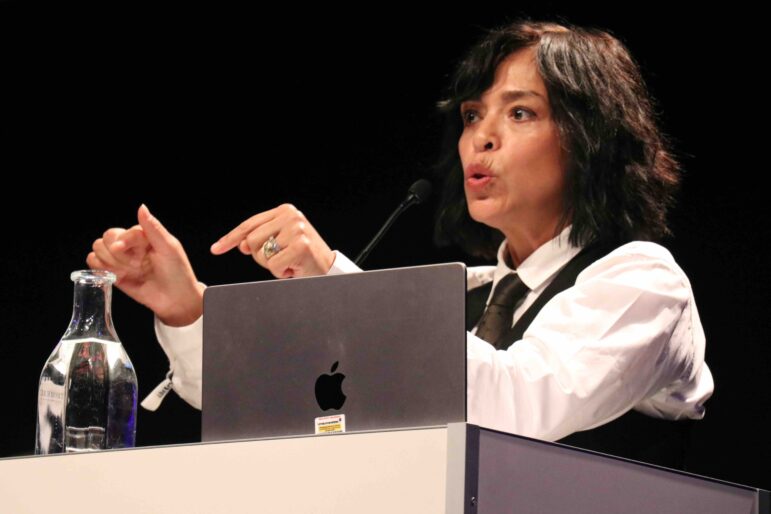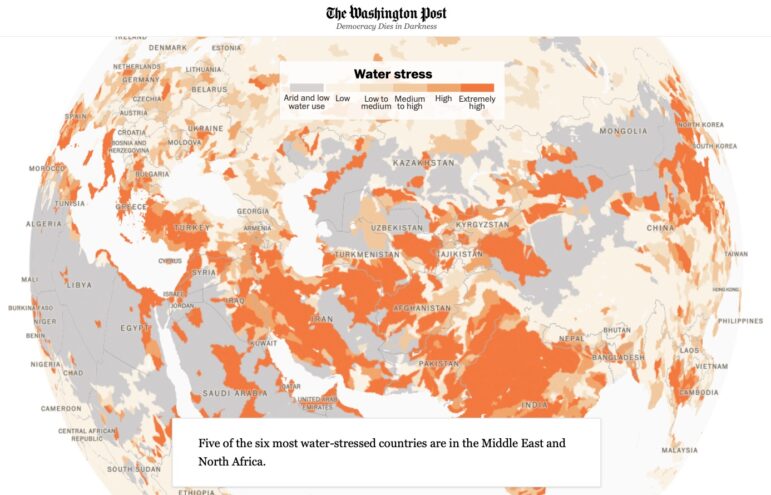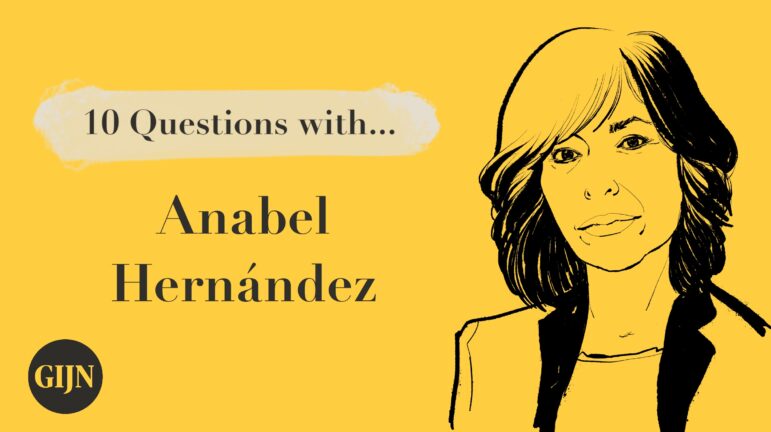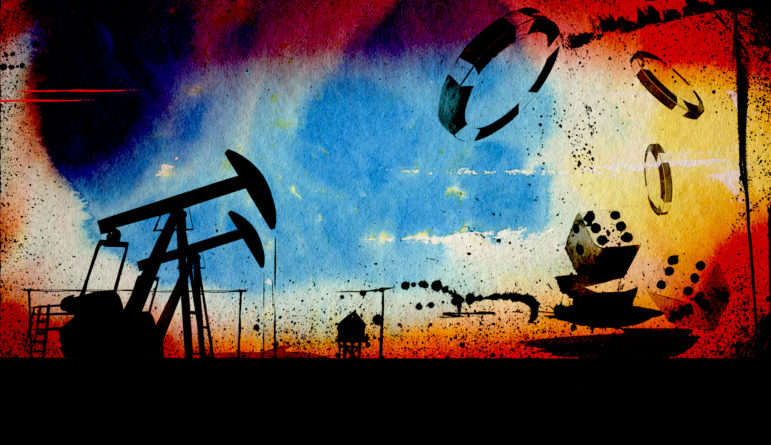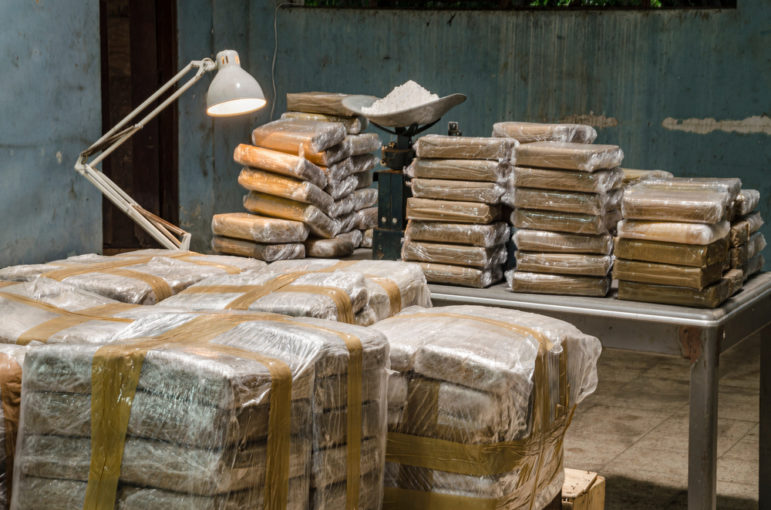
Data Journalism Top 10
Tracking Hurricane Helene’s Devastation, Conflict Escalation in the Middle East, and the High Energy Costs of AI Chatbots
Also featured: the 51 men on trial for a case of shocking sexual violence in France, the wildfires raging in the Arctic, and gaming out a winning campaign for the US presidency.




